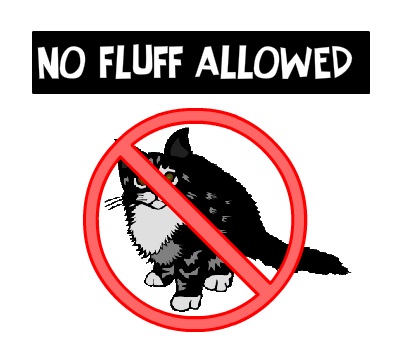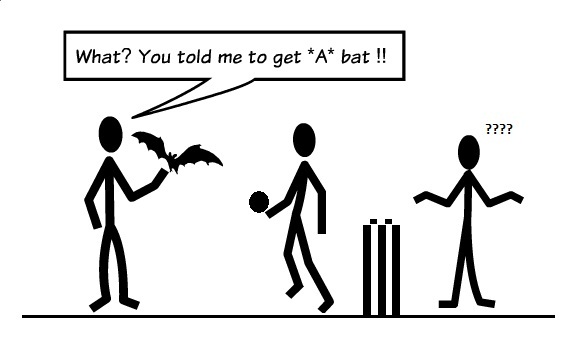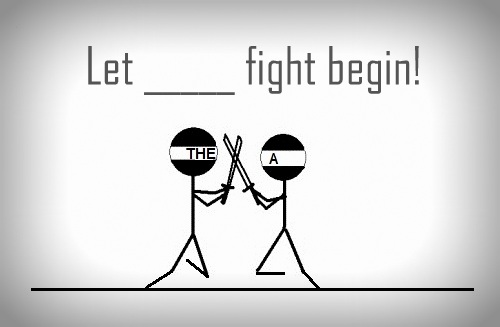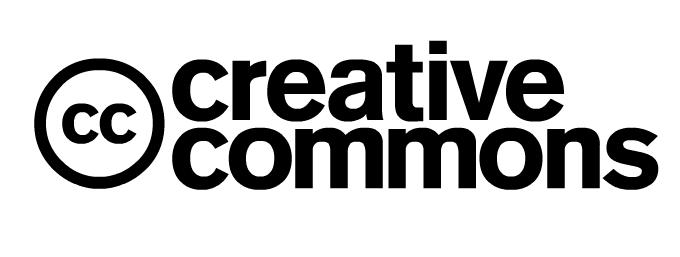Content writers often face this dilemma – how acceptable is paraphrasing? Will it be counted as plagiarism?
The simple answer in both cases is – yes!
To understand why it is wrong, you’ll need to first learn what paraphrasing is.
What Is Paraphrasing?
Paraphrasing is the process of creating seemingly original sentences to express someone else’s opinions or ideas. This often occurs when any content is written with a single source as a basis, leading to text that features different words but delivers the same meaning.
Let’s look into an example to understand paraphrasing better. Here’s an original passage and a paraphrased version which almost resembles the former. Read more →












